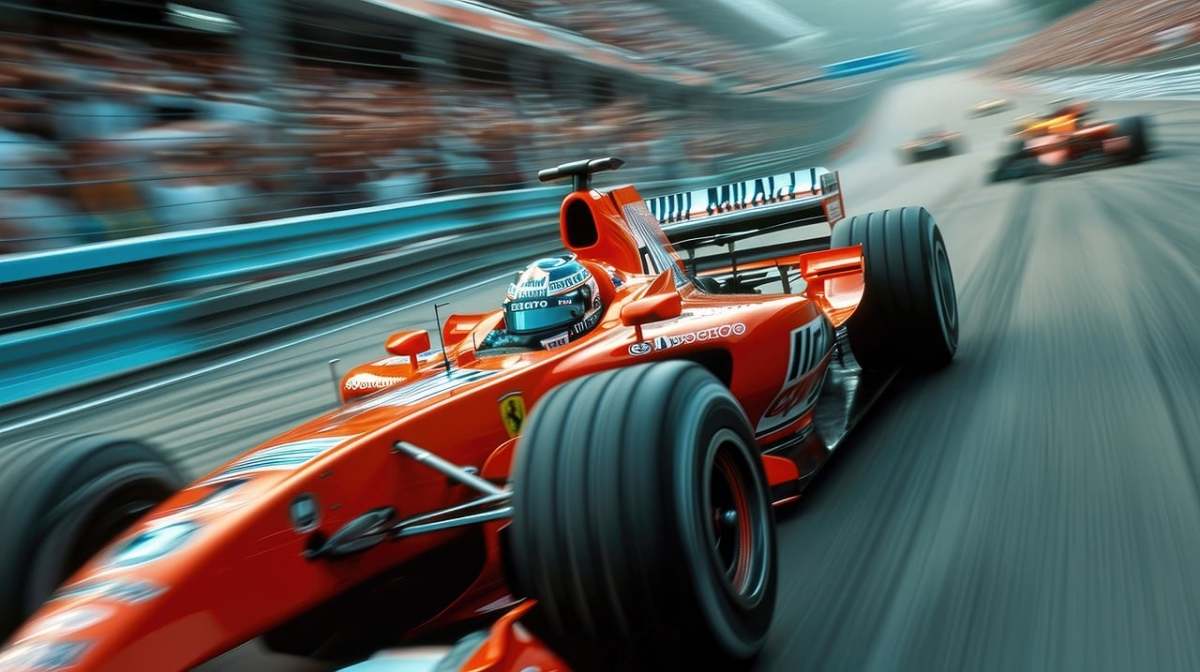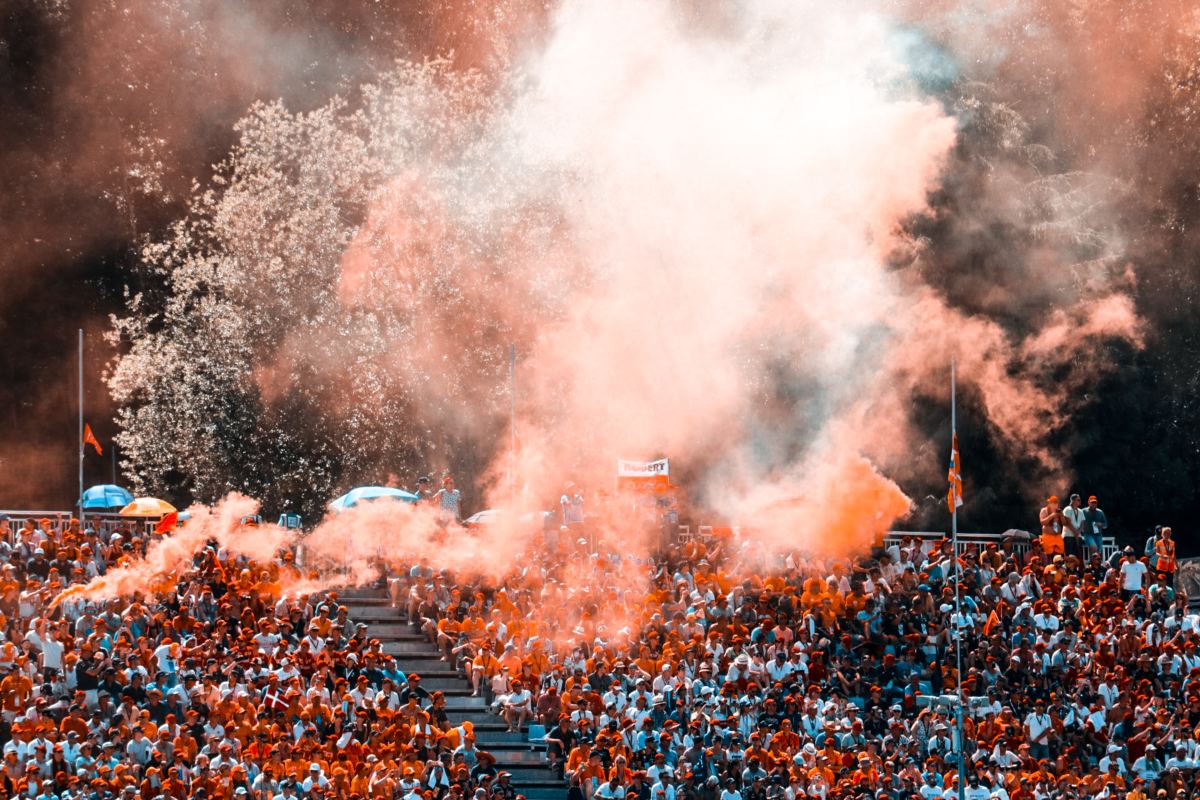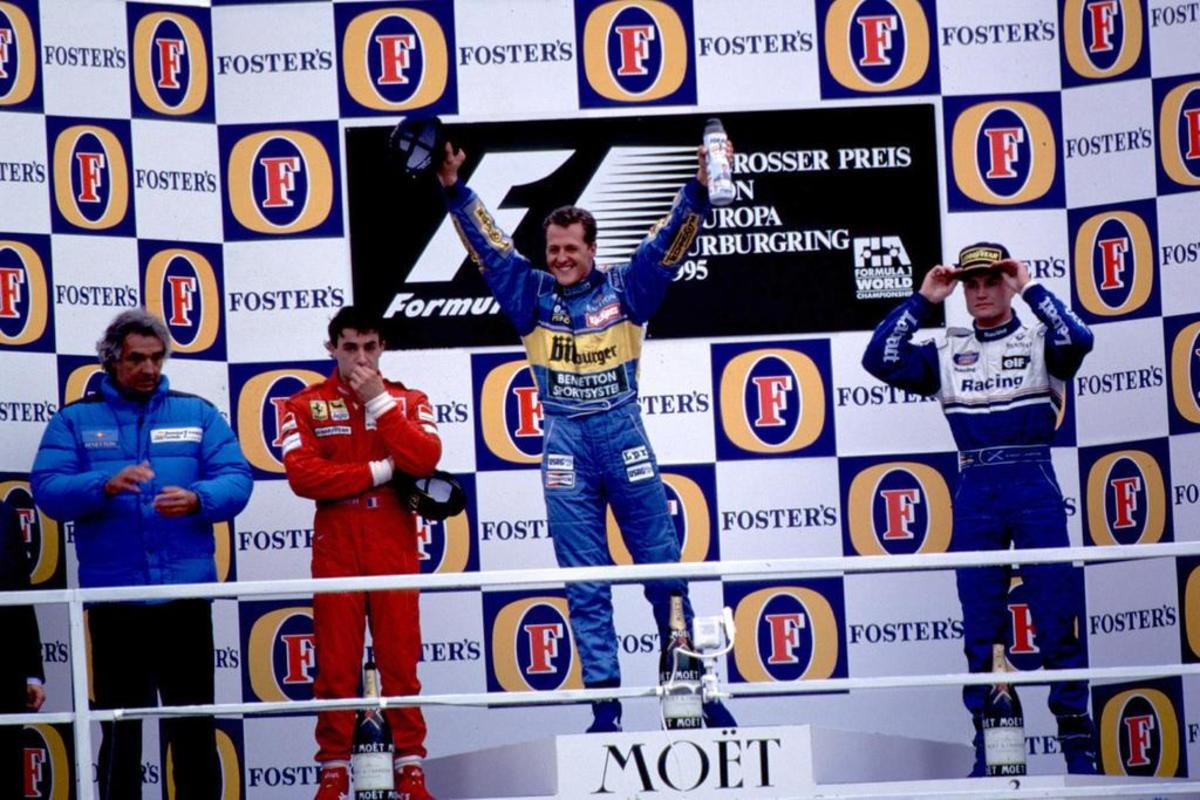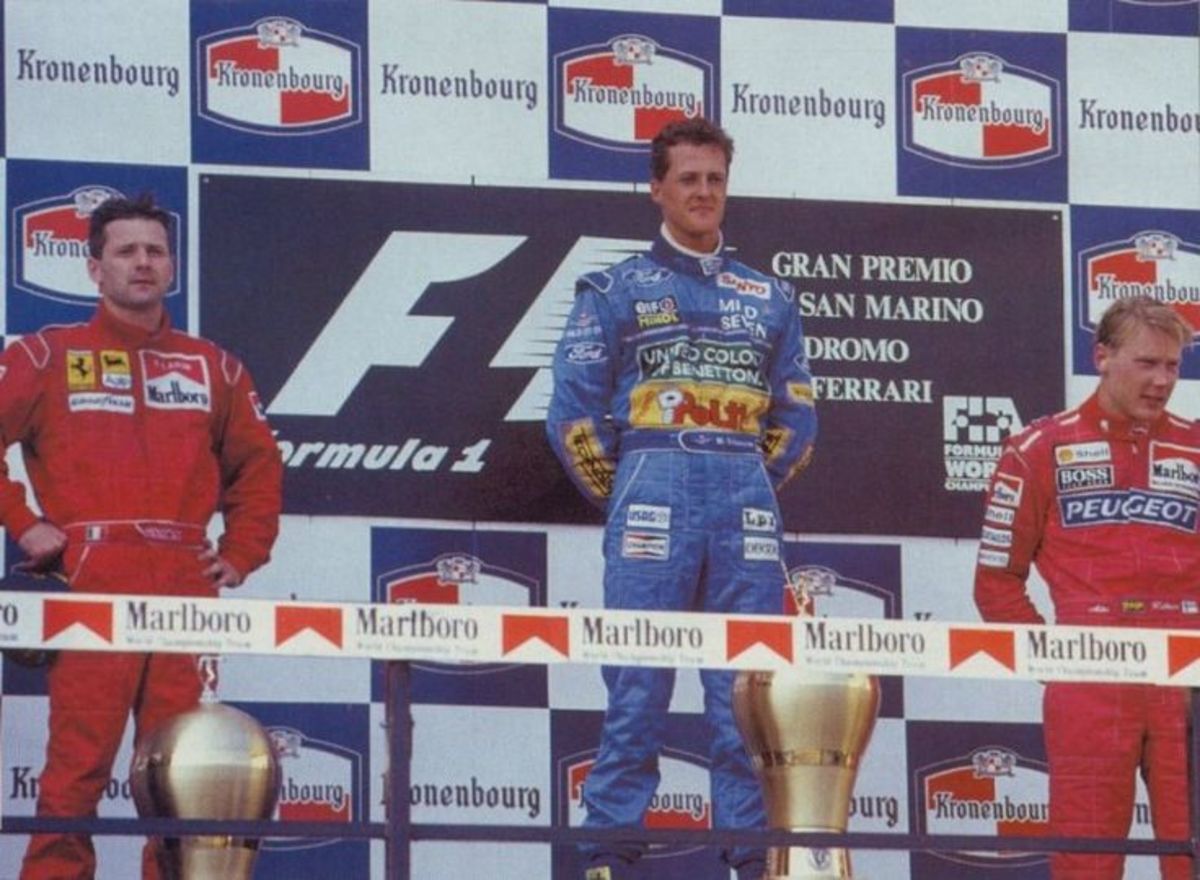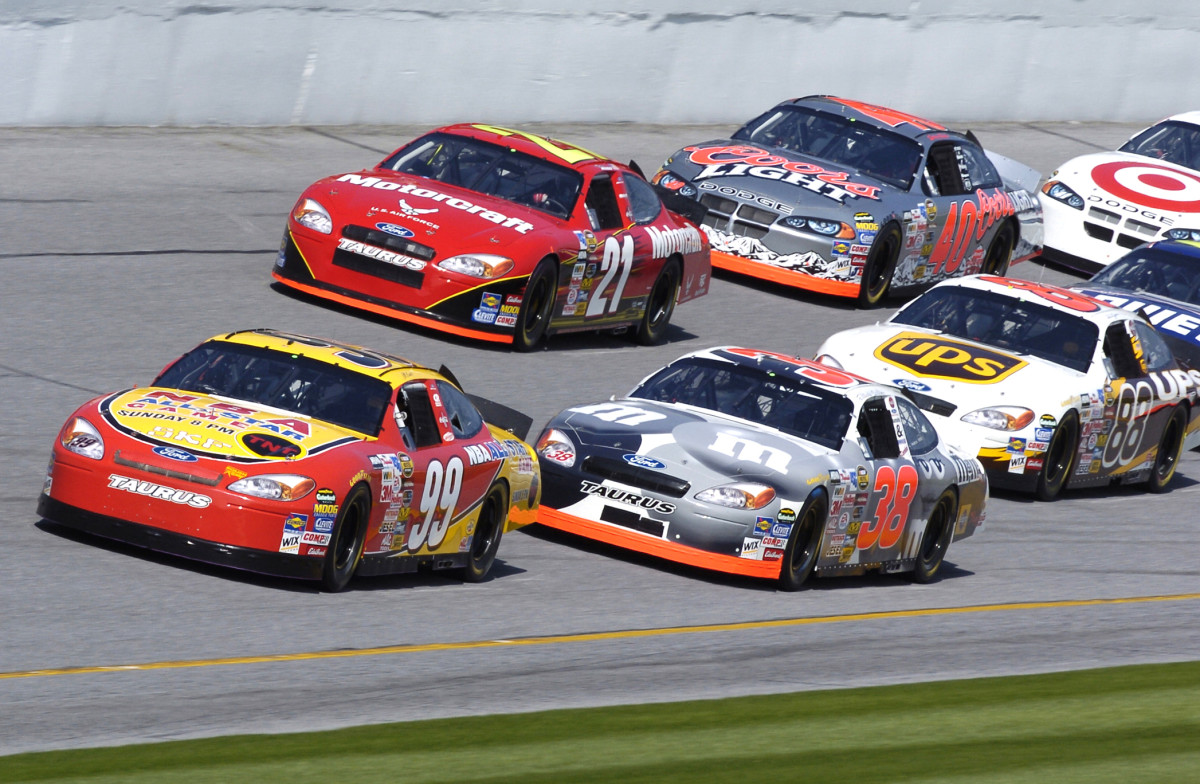The Rise and Fall of Indy Car Racing
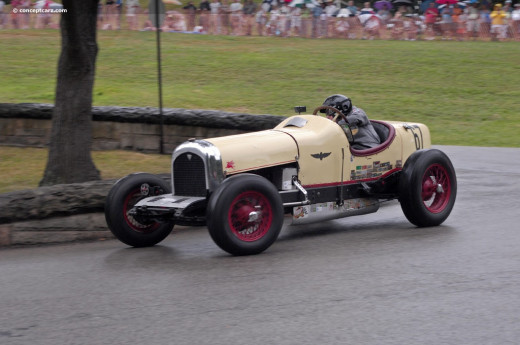
Early Indy Car History
Everyone is familiar with the American Automobile Association commonly known as AAA and its popular roadside assistance program, but at the turn of the century it sanctioned automobile races throughout the United States. AAA was established on March 4, 1902 and its contest board began operations in June of that year. In 1905 it sanctioned the AAA National Motor Car Championship, a series of 11 races beginning in the Bronx, New York and concluding in Poughkeepsie, New York. This was the first year the AAA Contest Board officially recognized a National Champion in American Championship competition. Due to the dangers of early automobile racing it did not recognize another National Champion until 1916 but held single racing events from 1906 through 1915.
AAA sanctioned an additional National Champion in 1916 and from 1920 through 1955. During the 1920’s through to the outbreak of World War Two auto racing had become a popular spectator sport only being succeeded by baseball as the most popular spectator sport in America. Although racing continued during World War One the National Championship was suspended. The Indianapolis 500 was the marquee event of the National Championship and was the largest motorsports event in the world. The first Indy 500 was held on Memorial Day May 30, 1911 and was won by Ray Harroun piloting a Marmon Wasp. The 500 was voluntarily suspended from 1917 through 1918 due to Worl War One. In 1920 automobile racing resumed despite the Great Depression.
Shortly after the attack on Pearl Harbor on December 7, 1941, all automobile racing was suspended in the United States for the duration of the war due to government rationing. Racing resumed in 1946. The 1946 National Championship season was unique in that it consisted of six Champ Car events and 71 Sprint Car events, then know as Big Cars. AAA ceased sanctioning auto racing in 1955 due to a series of high profile fatal accidents and the Le Mans disaster which saw the death of 83 spectators and the injury of another 120 spectators when Lance Macklin’s Austin Healey 100S crashed into Pierre Levegh’s Mercedes 300 SL causing it to summersault into a large crowd of spectators.
1946 Indianapolis 500
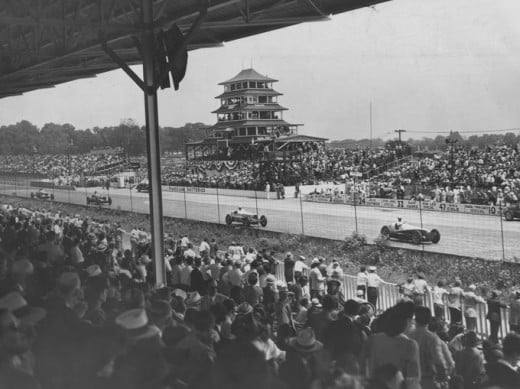
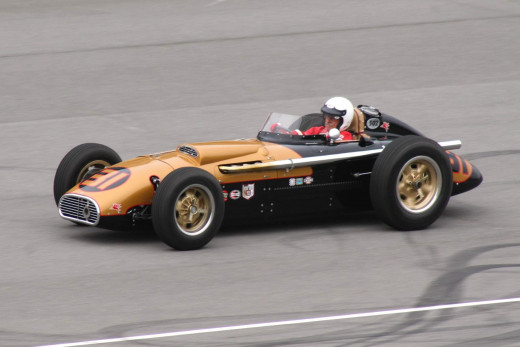
USAC Enters the Fray
The National Championship was taken over by the United States Auto Club (USAC) in 1956. USAC was a new stationing body founded by the then owner of the Indianapolis Motor Speedway, Tony Hulman. This ushered in the golden era of American automobile racing and many experts consider this the high water mark for American auto racing. Also known as the “roadster” era. Famous racer Bill Vukovich is credited with coming up with the roadster term.
The roadster was a front-engine car with a tubular space frame chassis and solid axles front and rear, with a massive 70-gallon fuel tank that hung off the back. An Offy engine was mounted to the left of the chassis centerline, while the driver was seated to the right, helping to balance weight distribution. By 1955 the Offenhauser engine powered the full field at Indianapolis and would continue to dominate Champ Car racing through the mid-1960s.
In this stabilized environment Champ Car racing soared in popularity with the Indy 500 rivaling the World Series of baseball in popularity. This era also saw the slow shift from dirt track racing to pavement with the more asphalt oriented roadsters. The roadster eventually morphed to the rear engine design by the early 1960’s with the USAC National Championship being increasing contested on paved ovals and road courses as opposed to the traditional dirt tracks. The series continued to compete on dirt until the 1970’s with an occasional hill climb thrown in from time to time. As the 1960’s gave way to the 1970’s drivers with road racing backgrounds began to creep into the National Championship series with a large influx of foreign drivers beginning to compete.
During the 1970’s costs began to escalate as teams began to spend more and more on technological advances. Traditional car owners and teams were being forced out of the sport replaced by teams with corporate backing from large national and international corporations. Many teams became dissatisfied with the direction USAC was taking with little television coverage outside of the Indy 500. Fans also began to flee the series at an alarming rate due to the foreign invasion and poor race promotion. Outside of the 500 attendance at events was low.
UCAC had made a series of unpopular decisions throughout the 1970’s and owners and drivers were demanding changes. USAC continued attempts to keep the Offenhauser competitive when newer more high tech engines were becoming available from Europe. There was also disagreement on USAC’s poorly negotiated television rights and by the late 70’s Champ Car racing was in turmoil. Several car owners considered creating a new sanctioning body to conduct the races. Two key events took place that sealed USAC’s fate. The first was the death of its founding father Tony Hulman in the fall of 1977. The second was a tragic place crash that killed eight key USAC officials. By the end of 1978, the owners had broken away and founded Championship Auto Racing Teams (CART) to wrestle control of Championship racing away from USAC.
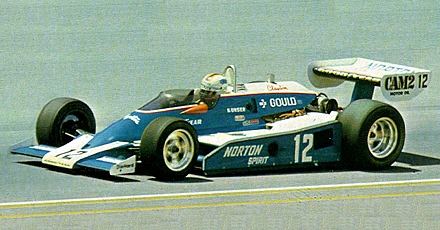
The Birth of CART
Champion racer Dan Gurney set the blueprint for CART. This document was aptly named the “Gurney White Paper”. It outlined the structure and organization for the new sanctioning body. The White Paper called for the owners to form CART as an advocacy group to promote USAC's national championship, doing the job where the sanctioning body would not. The group would also work to negotiate television rights and race purses, and ideally hold seats on USAC's governing body. These directives were presented to the USAC board of directors who promptly dismissed the idea. It left the dissatisfied owners with no choice but to branch off and form their own sanctioning body, Championship Auto Racing Teams (CART).
As CART tried to find its way in American auto racing it came up against many hurdles. The first was the rejection by The Automobile Competition Committee for the United States (ACCUS) is an umbrella organization of auto racing sanctioning bodies in the United States. It is the liaison between the FIA, the world governing body for automobile racing. Without its support CART could not be recognized as an international sanctioning body. An agreement was reached with the Sports Car Club of America (SCCA) to act as the sanctioning body for CART allowing events to appear on the international racing calendar. CART quickly gained support of the majority of team and track owners, which meant most leading teams, now competed with CART.
During the early years of CART the series was dominated by American drivers and Indy Car racing entered its second golden era. Many road racing experts saw success in the series and after former Formula One Champion Emerson Fittipaldi won the series title drivers from South America and Europe flocked to the series. CART was seeing an unprecedented growth in popularity and success and reached its high water mark when then current Formula One World Champion Nigel Mansell switched to CART in 1993. He was soon followed by fellow F1 competitor Alex Zanardi who dominated in 1997 and 1998, but trouble was brewing for the series.
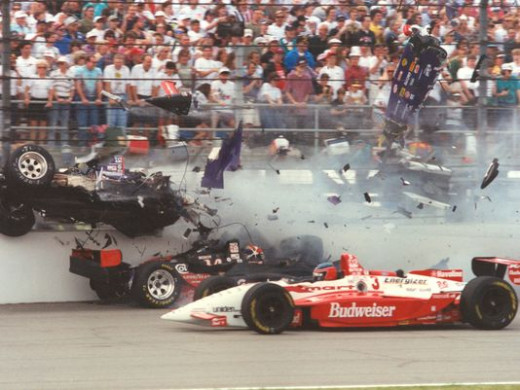
The Decline of CART
Many of the same problems that haunted USAC began to rear their ugly head in CART. Criticism of the series was building throughout the 1980’s often over the body’s rules and officiating. Despite CART being the premier automobile racing sanctioning body in the United States, second in worldwide popularity only to Formula One things were beginning to sour behind the scenes. There was a growing rift between members on the board of directors, most notably Tony George, owner of the Indianapolis Motor Speedway.
Tony George’s main concern was CART’s shift from the traditional oval tracks to road courses, though many believe his motives had much more to do with money and power than motorsports tradition. Other issues surrounding money and finances became an issue. When inspiring racer Jeff Gordon approached CART teams looking for a ride he was flat out told no, they were not interested. If a driver didn’t have major financial backing teams simply were not interested in drivers regardless of their on-track performances. Gordon eventually went to NASCAR where he would go on to become one of its greatest drivers and CART was left scratching its head wondering what went wrong.
What went wrong was the system was broken. The series had become all about money and the loss of Jeff Gordon was perhaps the straw that broke the camel’s back. Tony George was fed up with CART and openly criticized the direction of the series. He had issue with the restrictive engine leases that favored larger teams and the constant rules changes and asinine restrictions such as the banning of carbon fiber tubs. Enough was enough for George and he announced that he was starting the rival Indy Racing League as an affordable open-wheel series, centered on the Indy 500 and designed to compete with and ultimately destroy CART.
Indy Racing League Formation
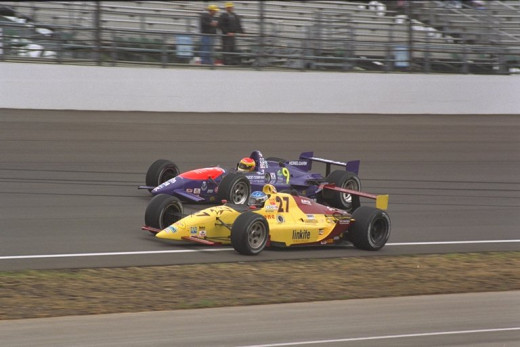
The Indy Racing League
Founded in 1994 the Indy Racing League was setting out to become the premier auto racing body in the United States. The international media and CART laughed at the idea of the upstart IRL being a viable competitor and joked that they would never turn a wheel in competition. CART had the money, major sponsors, and global recognition. The only thing of value it appeared the IRL had was the Indianapolis 500, and without CART many felt that great event would either capitulate and remain with CART or wither and die a slow painful death in obscurity.
Despite CART’s nonchalant attitude Tony George and the IRL called their bluff. They enacted the 25 and 8 edict. What this meant was that 25 of the 33 spots in the Indy 500 starting grid were reserved for cars competing full-time in the IRL series. The Indy 500 was long considered the crown jewel of the CART season and they balked at the idea of being excluded from this prestigious event, however there were hopes that George would rescind the 25-8 rule and CART teams would be allowed to run in the Indy 500.
As the 1997 racing season began the IRL showed no signs of backing down. On January 27, 1997 the IRL held its first event on the hastily constructed Walt Disney World Speedway. The gravity of the IRL- CART situation became clear. Absent from the paddock were the high dollar CART teams with their elaborate entertainment tents, luxury motor coaches and lucrative corporate sponsors. The grounds were now occupied by IRL teams fielding mostly second-hand CART cars, or old cars from the independent owners who annually fielded teams on a "one-off" basis, for the Indy 500 only.
The lack of corporate sponsorship for the Disney event made many wonder how all of this was being funded? It was rumored that George was subsidizing teams out of his own pocket, or at least the Indianapolis Motor Speedway coffers. This was a departure from other series financial models where the sanctioning body provided the forum, the tracks provided the prize money, and other than that, the teams were on their own. Never in history had a major sanctioning body carried the entire load of funding an entire series alone, but then again no major sanctioning body could match the vast family wealth of the Hulman-George family. However many speculated that this could not go on indefinitely and had concluded that the IRL would end in failure.
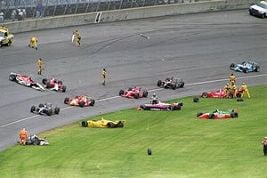
Death of CART
During the early years of the CART-IRL split, CART remained the dominant series, with financial backing from Fed Ex and having the biggest names in open-wheel racing competing in its series. The only key component missing was a big event to rival the IRL’s Indy 500. CART would set out to remedy this problem by hosting its own major 500 mile event, the US 500.
The US 500 Debacle
The Inaugural US 500 took place on May 26, 1996, at the Michigan International Speedway on the same day as the 80th running of the Indianapolis 500. The vast majority of teams competing in the US 500 were CART teams and drivers who ran in that series full time. CART scheduled a special qualifying session on the weekend of May 11-12, 1996. Cold temperatures and snow flurries hampered the session although it was completed as scheduled. This move was made to prevent any CART teams from competing in the Indy 500 due to qualifying for both races being held on the same dates.
The race got off to a disatorious start with the cars lined up in rows of three, Jimmy Vasser, on pole, was about to take the green flag at the start, when he was struck by Adrian Fernandez. Fernandez then tagged Bryan Herta, and the resulting accident took out a number of cars. Though ten cars had wrecked out, CART allowed teams to bring out backup cars and made repairs to heavily-damaged cars. This hurt the credibility of CART for allowing DNFs to come back out as though nothing had happened. Vasser would go on to win the event beating Brazilian driver Maurício Gugelmin and collecting $1 million and having his name inscribed on the prestigious Vanderbilt Cup.
Decline
After the 1996 debacle CART decided to not run the US 500 opposite of the Indy 500, as TV ratings were poor and attendance numbers were lower than expected. The future of the event was in question because it lacked a purpose since it was no longer competing head to head with the Indy 500 and that there was already a CART event held at Michigan during the season.
Initially there were few differences in cars competing in the IRL and CART. There was still a fleeing hope that the two series would reconcile and merge because at this point in the technical transition, mere tweaks to the CART cars would have made them IRL-legal. This all changed in 1997 when the IRL specified new technical rules for less expensive cars and "production-based" engines that outlawed the USAC/CART-spec cars. This would make it very expensive for a full time CART team to compete in the IRL as they would have to build totally separate types of cars for both series.
As the years dragged on and CART began to decline and was hemorrhaging money at a rapid pace. Fans simply were not interested in watching foreign drivers race on road courses. They already had an outlet for that in Formula One. Without a niche like the Indy 500 CART lacked appeal for the fans and without fans there could be no sponsors, so money began to shift to the IRL. One of the most unlikely supports of the IRL was Bill France Jr. and NASCAR which had a distain for CART because the team owners there pushed the sanctioning body and track promoters around making it difficult for NASCAR to get choice dates at CART dominated tracks. Formula one was another opponent of CART because of its expansion into international markets that it had traditional dominated such as Australia, Canada and Europe, with designs on Japan.
The financially struggling CART went public in 1998 and raised $US100 million in the stock offering, but this was not enough to stop the bleeding. Nothing seemed to raise TV ratings or race attendance. Despite technologically superior race cars and record breaking speeds teams and sponsors began to talk of defecting to the IRL if CART continued with its mismanagement with engine manufactures and by not fulfilling fans and sponsors desire for the series to return to the Indianapolis 500.
Defectors
Chip Ganassi made the decision to return to Indy for the 2000 season while still running cars in CART. His team and driver Juan Montoya would dominate and win the 2000 Indy 500 by leading 167 of the 200 laps. This humiliated many of the regular IRL teams who thought they were on an even level with their CART counterparts, but superior engineering was Team Ganassi’s primary advantage over the IRL teams.
The following year Team Penske returned to Indy and won the 2001 Indy 500 leading a sweep of the races top six finishing positions by CART drivers and teams. CART became panicked and attempted to stave off the wave of teams and drivers leaving the series. They attempted to stage a 600 kilometer race at Texas Motor Speedway to usurp the popular and exciting races put on by the IRL at that same venue. The IRL cars were using naturally aspirated engines at the time and were able to easily navigate the Texas Motor Speedway’s steep 24-degree banking. The CART cars were however using faster turbo charged engines and a combination of high speeds and steep banking caused drivers to experience dizziness and disorientation. CART was unable to slow speeds down enough for drivers to safely race at Texas so it was decided to postpone and ultimately cancel the race.
Bankruptcy
Following the disaster at Texas Motor Speedway, CART was sued by the speedway After it emerged that CART officials had ignored repeated requests to test their cars before the race. The two parties settled for an estimated $5-7 million. CART lost $1.7 million for the last quarter of 2001 due to money spent on the suit. In 2002 Fed Ex announced that it would not renew its contract as the title sponsor of the CART series. Honda and Toyota switched their engine supply to the IRL after 2002. CART was in dire straits and tried to rebrand itself as Bridgestone presents the Champ Car World Series by Ford, but by this point nobody cared. Andretti-Green racing had followed Penske and Ganassi to the IRL and as a final insult to injury the former US 500 became an IRL event. There was nothing left for CART to do so during the off season of 2003 they declared bankruptcy and the assets of CART were liquidated.
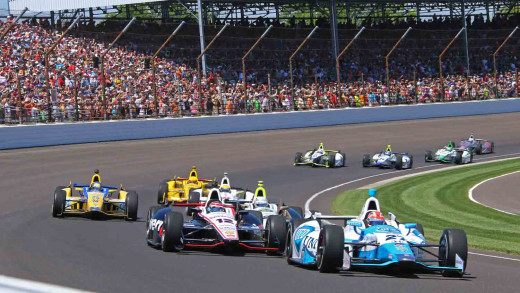
Legacy
In many ways the INDYCAR series has become the very thing it set out to destroy in CART and the same things that led to the demise of USAC in the 1970’s. The series is composed of mostly foreign born drivers with large checkbooks, racing primarily on street circuits and road courses. In the early days of the IRL this was not the case. A normal everyday guy with some mechanical knowhow and driving skill could buy a car with his own money and qualify for and win the race. This was the common in the 1950’s and 60’s when 70 to 80 cars would show up and attempt to qualify for the Indy 500. Now with escalating costs Indy is lucky to have 40 cars showing up for qualifying and far fewer for smaller events.
What the CART-IRL split essentially did was destroy open-wheel racing in America and usher in the era of NASCAR. The year prior to the split Indy Car racing was at its peak and CART had left NASCAR running a distant third and was beginning to challenge Formula One for number one. Then the bottom fell out. Money, egos, and politics got in the way.
The end result is a much diminished open-wheel scene that stages races in front of smaller audiences, attracting fewer drivers, and reduced to serve the humiliating role of being a minor league affiliate that feeds talent to Formula One and NASCAR, leagues it once dominated on American soil. Had the merger took place a decade earlier before drivers like Unser and Andretti were over the hill, before Rahal had retired, and before the Tony Stewarts of the world had already walked out the door, then, yes, it would have meant something.
What open-wheel racings unification was supposed to do was bring in new sponsorships and help showcase the quality of competition the new unified series would garner. However Television ratings are in the sewer and fan attendance is anemic. Make no mistake about it INDYCAR racing puts on some close and exciting races, especially on the ovals. A recent race at the Auto Club Speedway in California was perhaps the best on-track racing yet seen in Indy Car racing. The race featured a 23 car field racing so close together that you could have sworn you were at a Saturday night short track. There was a record 83 lead changes, unfortunately very few fans were in attendance. It was estimated that a mere 20,000 fans were at the speedway, and this being a track with a seating capacity of 68,000.
If INDYCAR does not heed the warnings of its supporters and make some changes INDYCAR may find itself out of business just as its former rival CART. In a ironic twist of fate when its all is said and done NASCAR may be the only entity that can save INDYCAR racing. Similar to NASCAR's merging of the two American sports car racing series they may very well have to bail out INDYCAR. Although we can’t predict the future it will be interesting to see where INDYCAR racing is at in five years. Will it regain its former prominence or vanish like CART?

